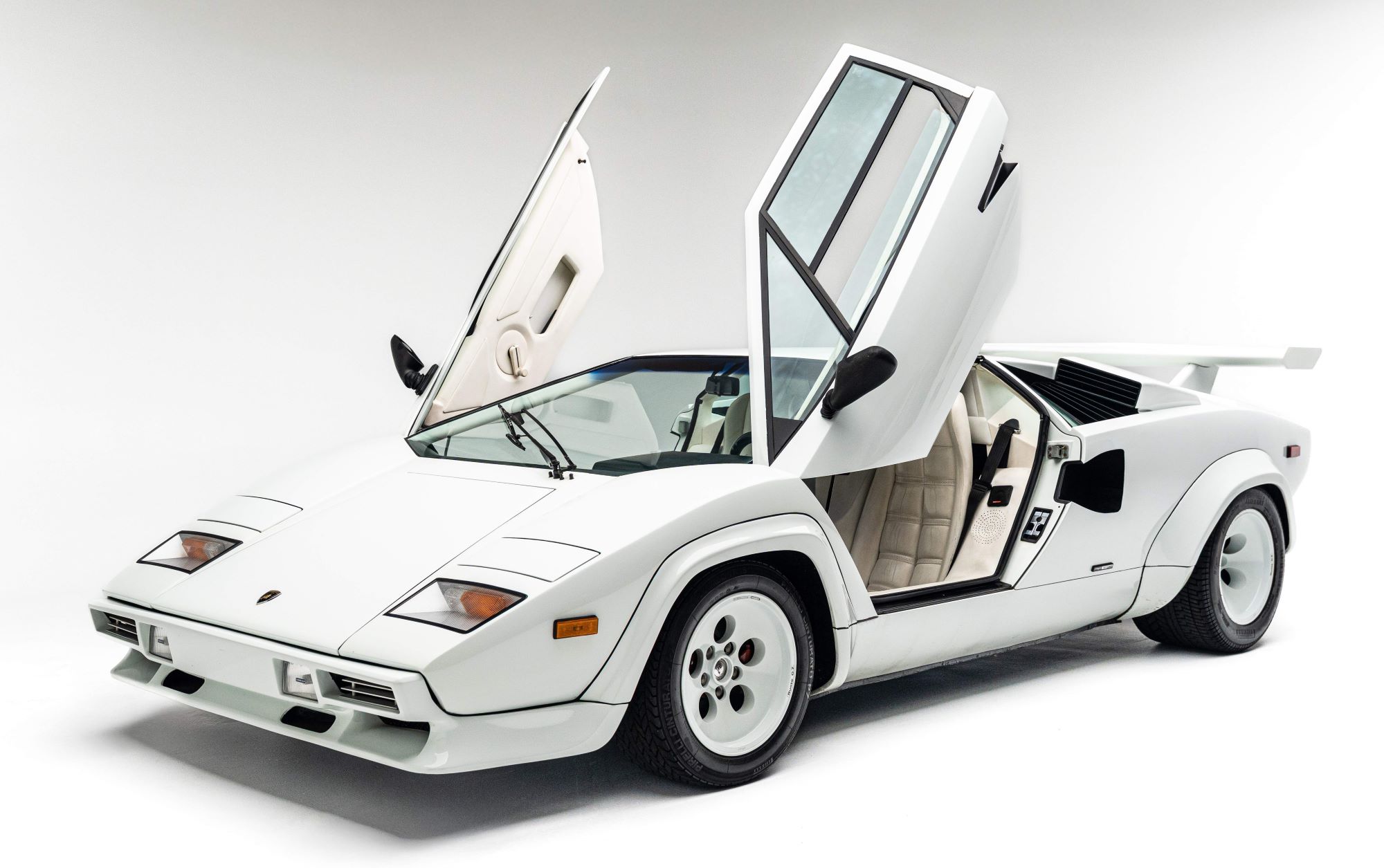
The production model of the Countach was codenamed LP 400 because its V12 – positioned longitudinally behind the cockpit – was increased to an ideal displacement of 4 litres (3929 cc). This model debuted at the 1973 Geneva Motor Show.
Standard production of the Countach began at the end of 1973 with the bright-green model exhibited at the Paris Motor Show, which is now part of the permanent collection of the Lamborghini Museum. This was the first Countach featuring the large single front windscreen wiper.
By 1979, only the S version of the Countach was still in production. There was nothing left to be done except to continue with this extraordinary model, which allowed the company to survive despite the fact that business was shrinking. In fact, between 1978 and 1982, a total of 237 units were delivered. For the purposes of comparison, 158 ‘normal’ Countach LP400s were produced between 1973 and 1977.
Lamborghini went to the Geneva Motor Show in March 1981. It exhibited a Countach S with its large rear wing. Lamborghini resume serious development work on the Countach, which had essentially remained the same since 1973, with the exception of wider mudguards and tyres for the S version. Lamborghini increased the displacement of the classic 12-cylinder engine, bringing it to 4.7 litres to crank out 375 hp and thus recuperate the outstanding performance that had been sacrificed to some extent by the tyres and aerodynamic additions. This was the Countach 5000, whose look was virtually indistinguishable from the 4-litre S version.
In 1985, the Lamborghini stand at the Geneva Motor Show presented the new version of the Countach, the Quattrovalvole. Alfieri extensively redesigned the entire classic Lamborghini engine, which had first been put out nearly 22 years earlier. He further increased its displacement to add power, and by using heads with four valves per cylinder, the 5167-cc engine climbed to 455 hp at 7000 rpm, a power level that put the Countach well ahead of all its traditional rivals.
Production of the Quattrovalvole series stopped in 1988, with a total of 631 units. In the meantime, the company gained experience with composite materials and a special Countach, the Evoluzione, demonstrated the full potential of this project. Weight reduction permitted by these new materials, coupled with a more powerful engine achieved above all using new engine technologies management, offered extraordinary performance. Unfortunately, however, the Evoluzione never went into production.
In order to celebrate the company’s twenty-fifth anniversary, a commemorative version of the Countach was produced. The Anniversary was the praiseworthy final version of this glorious car, and needless to say, it was welcomed enthusiastically by customers, who purchased no less than 657 units. The Countach’s successor was presented in 1990.
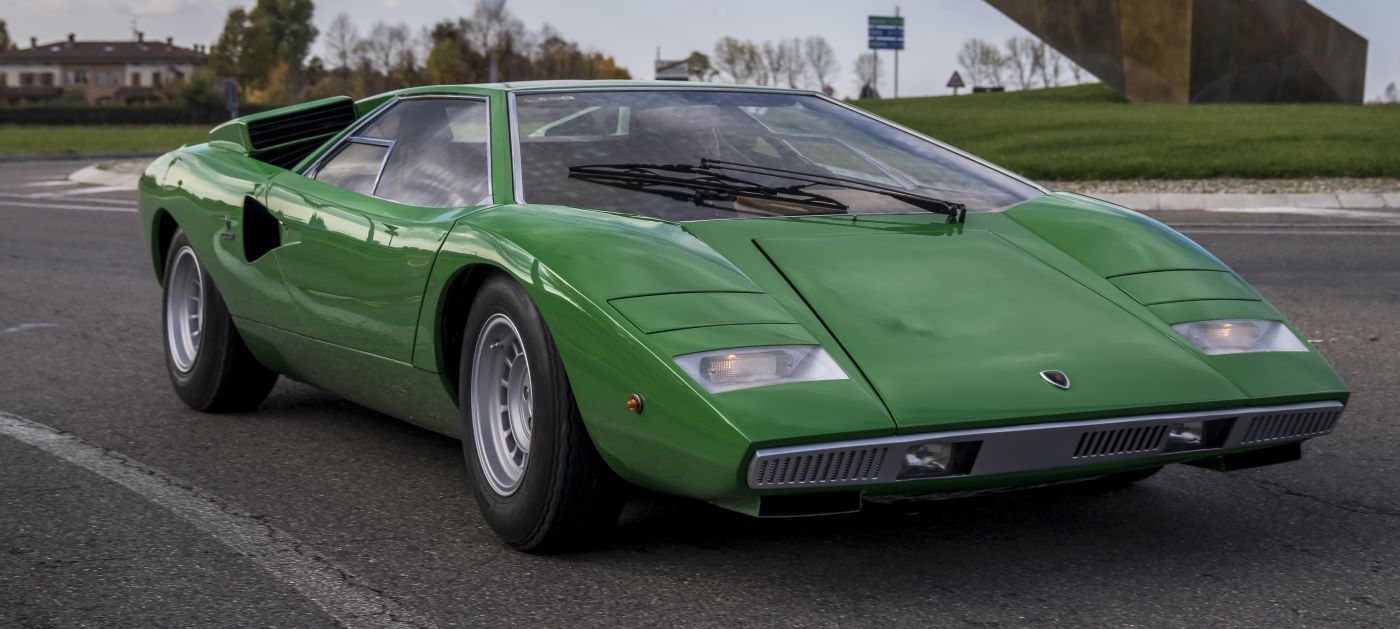
Countach
Year of manufacture: 1974 – 1978
Engine: V 12 – 4-litre displacement
Power: 375 HP
Max. speed: 300 km/h
Production numbers: 151
Together with the Miura, the Countach represented the backbone of the Lamborghini legend. Once again the team, Marcello Gandini and Nuccio Bertone, put their signature on a unique line that remains unchanged today: its 12 cylinders mounted lengthwise (Longitudinale Posteriore – hence LP) and the wedge-shaped body only 1.07 m tall with scissor doors, redefined the segment of sports cars, leaving enthusiasts speechless. The LP 400 of the first series, presented here, is still in great demand today because in this version the clear language of the shapes without larger mudguards and rear spoilers is even more explicit.
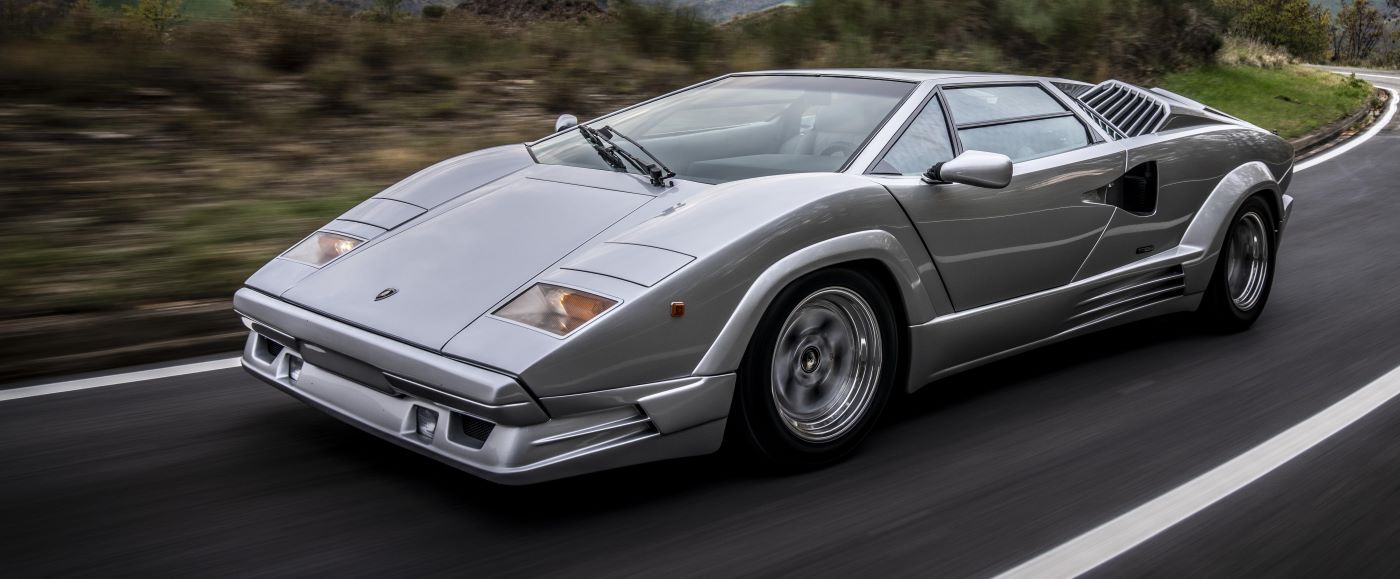
Countach 25th Anniversary
Year of manufacture: 1988 – 1989
Engine: V 12 – 5.2-litre displacement
Power: 455 HP
Max. speed: 295 km/h
Production numbers: 658
In an extraordinary edition to celebrate Lamborghini’s 25th anniversary, the Countach was presented in its latest evolution in 1988. New front and side spoilers and modified air vents make this series different externally to the Countach Quattrovalvole (QV) introduced in 1985, where we find the four valve technology for the very first time. 4th July 1990: this is the production date of the last Countach which was given to the car company museum, whilst the first Diablo was already on the production line.
Countach Gallery
Specifications and Features
Lamborghini Countach LP400 (1974-1977)
- Engine: 3.9 L V12
- Power: 370 hp (276 kW) at 8,000 rpm
- Torque: 361 Nm (266 lb-ft) at 5,000 rpm
- Top Speed: 179 mph (288 km/h)
- 0-60 mph: 5.4 seconds
- Transmission: 5-speed manual
- Weight: 1,065 kg (2,347 lbs)
Lamborghini Countach LP400S (1978-1982)
- Engine: 3.9 L V12
- Power: 350 hp (261 kW) at 7,500 rpm
- Torque: 361 Nm (266 lb-ft) at 5,000 rpm
- Top Speed: 179 mph (288 km/h)
- 0-60 mph: 5.6 seconds
- Transmission: 5-speed manual
- Weight: 1,480 kg (3,263 lbs)
- Notable Features: Wider wheels and tires, revised suspension, and more prominent wheel arches.
Lamborghini Countach LP500S (1982-1985)
- Engine: 4.8 L V12
- Power: 375 hp (280 kW) at 7,000 rpm
- Torque: 418 Nm (308 lb-ft) at 4,500 rpm
- Top Speed: 182 mph (293 km/h)
- 0-60 mph: 5.2 seconds
- Transmission: 5-speed manual
- Weight: 1,490 kg (3,285 lbs)
- Notable Features: Larger engine and updated carburetors for better performance.
Lamborghini Countach LP5000 QV (1985-1988)
- Engine: 5.2 L V12
- Power: 455 hp (339 kW) at 7,000 rpm
- Torque: 500 Nm (369 lb-ft) at 5,200 rpm
- Top Speed: 183 mph (295 km/h)
- 0-60 mph: 4.8 seconds
- Transmission: 5-speed manual
- Weight: 1,490 kg (3,285 lbs)
- Notable Features: Quattrovalvole (four-valve) cylinder heads, increased displacement, and fuel injection system.
Lamborghini Countach 25th Anniversary (1988-1990)
- Engine: 5.2 L V12
- Power: 455 hp (339 kW) at 7,000 rpm
- Torque: 500 Nm (369 lb-ft) at 5,200 rpm
- Top Speed: 183 mph (295 km/h)
- 0-60 mph: 4.7 seconds
- Transmission: 5-speed manual
- Weight: 1,590 kg (3,505 lbs)
- Notable Features: Enhanced aerodynamics, redesigned air intakes, and improved cooling systems. The 25th Anniversary edition is the most refined version of the Countach.
Lamborghini’s design DNA originated with the Countach
The distinctively contemporary lines of the Lamborghini Countach, a legendary model celebrating its 50th anniversary this year, shaped the design of all subsequent Lamborghinis even up to today’s models, including the Aventador, Huracán, Sián, as well as the Urus.
“There are works of art that always remain relevant, and the form of the Countach is one of them.” These are the words that Mitja Borkert, Head of Design at Lamborghini, uses to describe the style of this automotive icon. “Its design,” adds Borkert, “is comprised of perfect proportions, characterized by a very pure and essential approach. Its distinctive feature is the single longitudinal line that visually connects the front and rear parts. From a stylistic point of view, it’s a perfect inspiration because, even when the rest is modified, the line is an element of visual continuity between past and present. It’s the epitome of the DNA in all Lamborghini design, the tradition of the stylistic language from the origins to the present day.”
Low and wide, the front view of the Countach is characterized by diagonal lines on the hood, which are also repeated on the engine compartment, making it immediately recognizable even from a distance. The shape of the passenger compartment, low and squared, combined with the typical slope of the windscreen, influenced the design of the various models that have followed the Countach. It is precisely these shapes that have remained unchanged over the years, along with the particular and characteristic cut of the side windows, which make a Lamborghini easily identifiable at first glance.
The Countach introduced a futuristic style ahead of its time during the 1970s, an era of explosive creativity and one of the most significant moments for design. These were years of important social achievements, which are reflected in significant changes that would inspire designers and creatives around the world. The space race; the advent of high tech with the development of modern computers; the trends in fashion linked to geometric patterns, extravagant choices and the explosion of bright colors; the advent of individualism and the Jet Age; are all elements that influenced the stylistic choices of the Countach’s designer, Marcello Gandini. The Countach is also due to the vision of Ferruccio Lamborghini, who believed right from the start in the revolutionary project, that today is still influencing the style of future Lamborghini models.



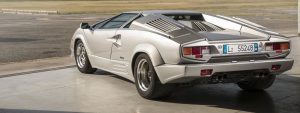




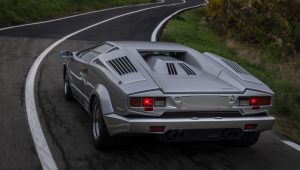
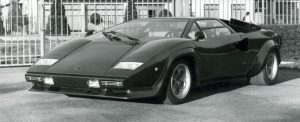
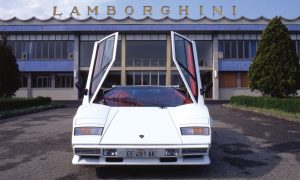
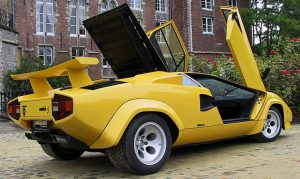
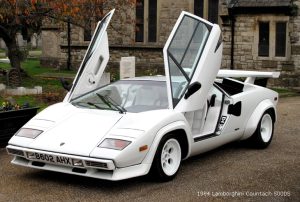
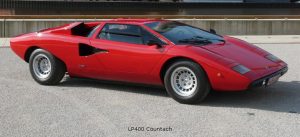
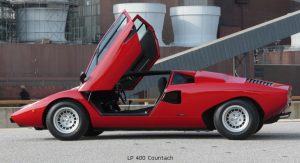
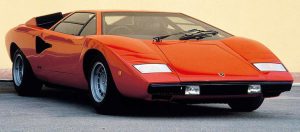
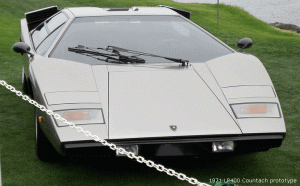

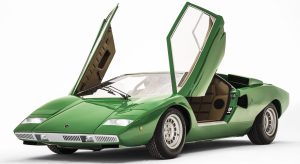



You must be logged in to post a comment.